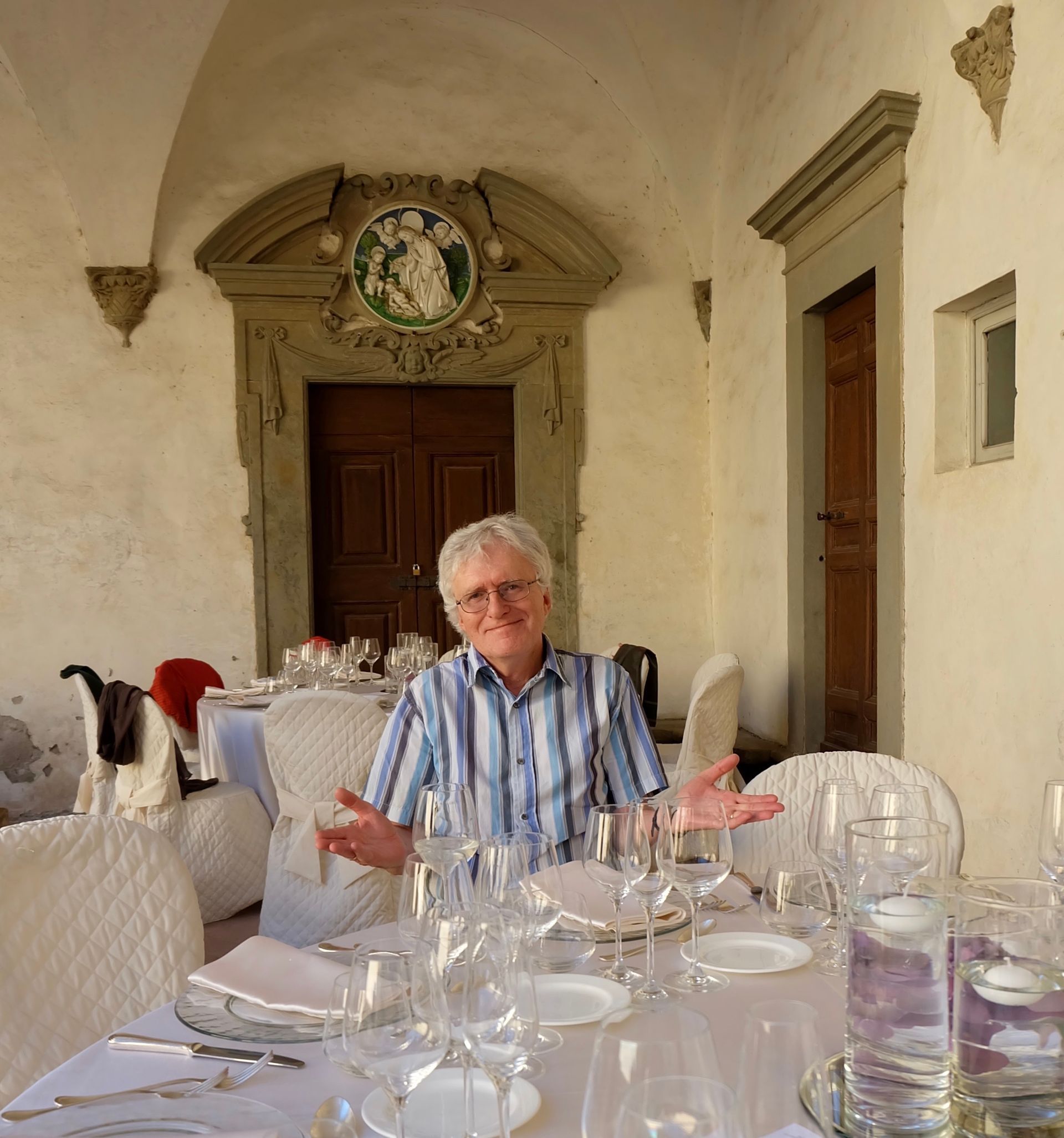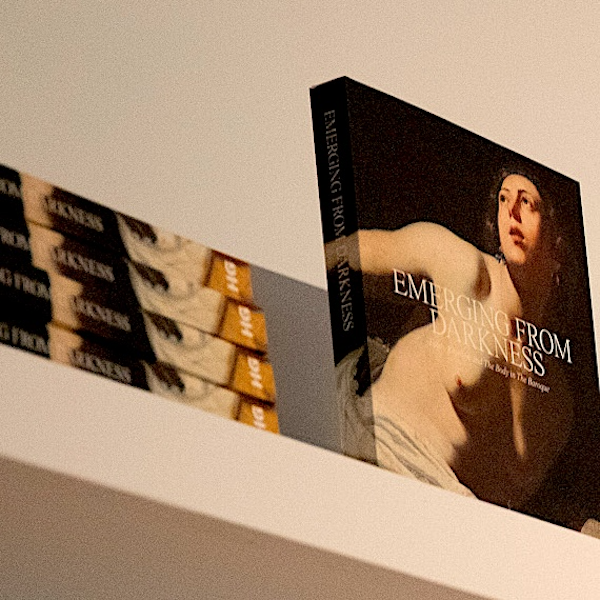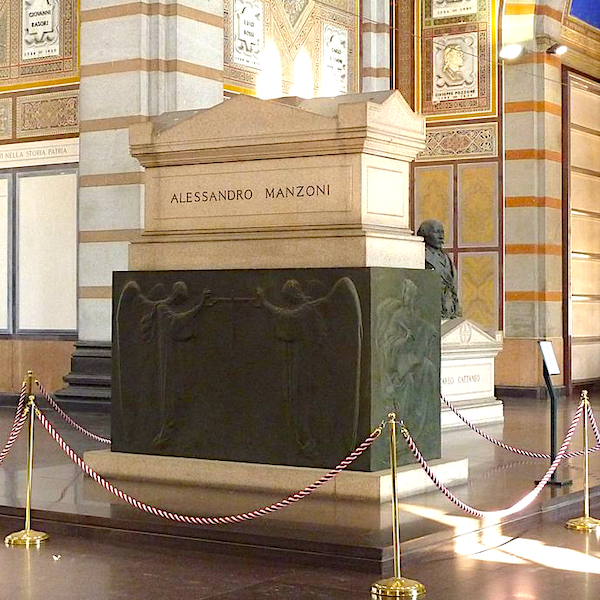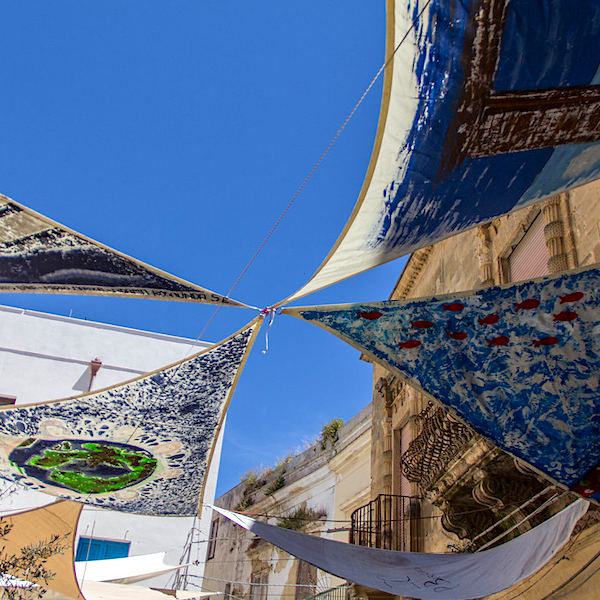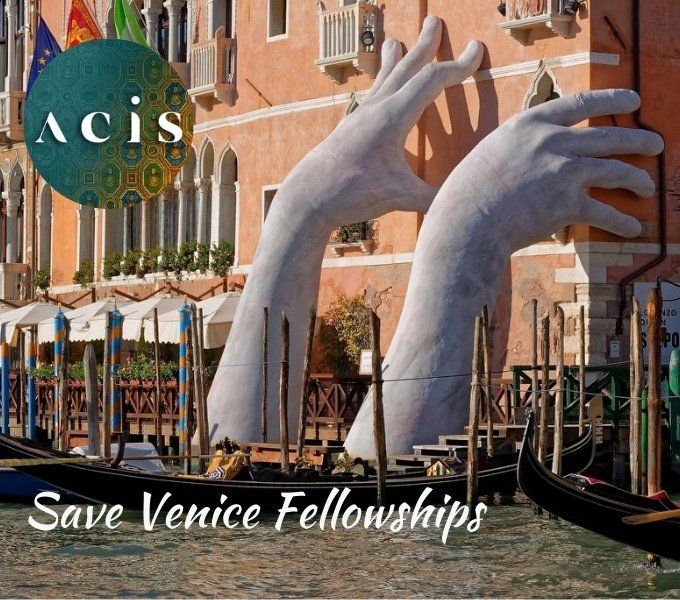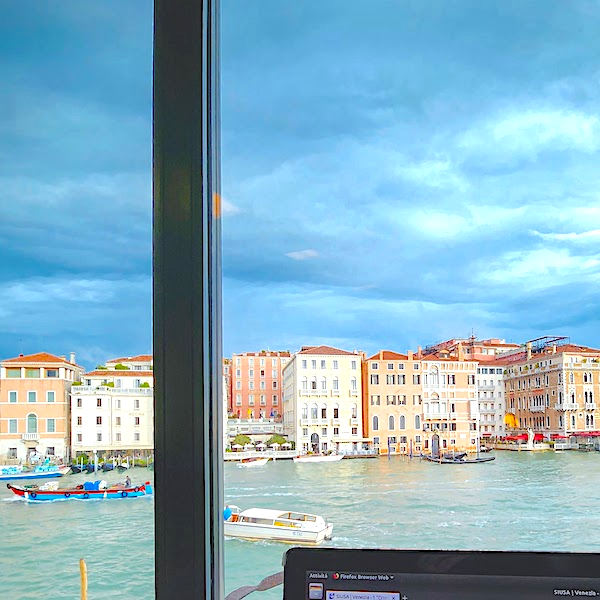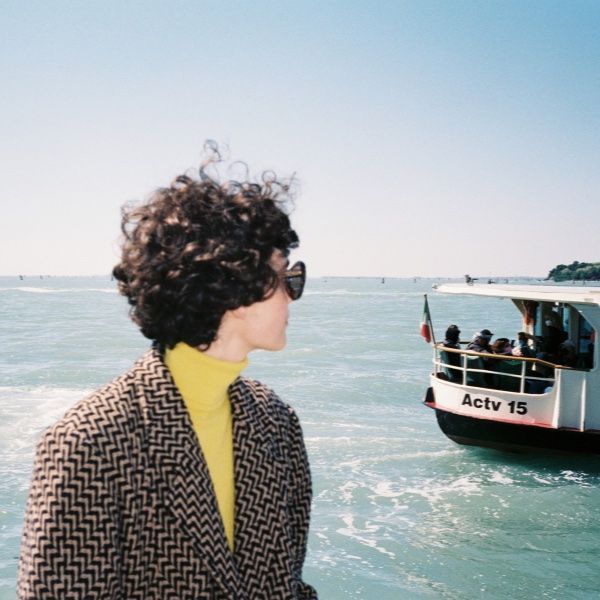Palaces, skyscrapers, villas, follies ….. and six styles of architectural luxury
 Today luxury and its celebration are hardly confined to European élites and the American leisure class. Apart from the adornment of the body, the displays of luxury surround us most visibly in built and unbuilt environments. In The Architecture of Luxury
(2014) Annette Condello
focuses on a range of contexts in Italy and Western Europe, Latin America and the United States to trace the myths and applications of luxury in architecture, interiors and designed landscapes. Moving from antiquity to the modern era, she identifies six historical categories of luxury – Sybaritic, Lucullan, architectural excess, rustic, neoEuropean and modern – and relates them to their different historical periods and cultural contexts.
Today luxury and its celebration are hardly confined to European élites and the American leisure class. Apart from the adornment of the body, the displays of luxury surround us most visibly in built and unbuilt environments. In The Architecture of Luxury
(2014) Annette Condello
focuses on a range of contexts in Italy and Western Europe, Latin America and the United States to trace the myths and applications of luxury in architecture, interiors and designed landscapes. Moving from antiquity to the modern era, she identifies six historical categories of luxury – Sybaritic, Lucullan, architectural excess, rustic, neoEuropean and modern – and relates them to their different historical periods and cultural contexts.
She examines the ethical questions raised by the nature of luxury in architecture since changing Ideas of the extent of permissible luxury have informed architecture and the degree of ethical approval its forms attract. Providing voluptuous settings for the nobles and the leisure class, luxury has taken the form not only of grand palaces but also of follies, country and suburban houses, private or public entertainment venues and ornate skyscrapers with fast lifts. The Architecture of Luxury suggests that in Western societies the growth of the leisure classes and their desire for settings for pleasure have produced a constantly increasing search for ‘luxury’ in everyday architecture. Take a copy of her book with you as you soar skywards in the temporarily tallest building in the world in Dubai, Moscow, London …. in fact almost anywhere except skyscraper-lite Italy where the highest building, the Torre Unicredit in Milan, ranks only a lowly 21st in Europe (Italy’s early leader, the Torre Piacentini in Genoa, was overhauled in 1952).
